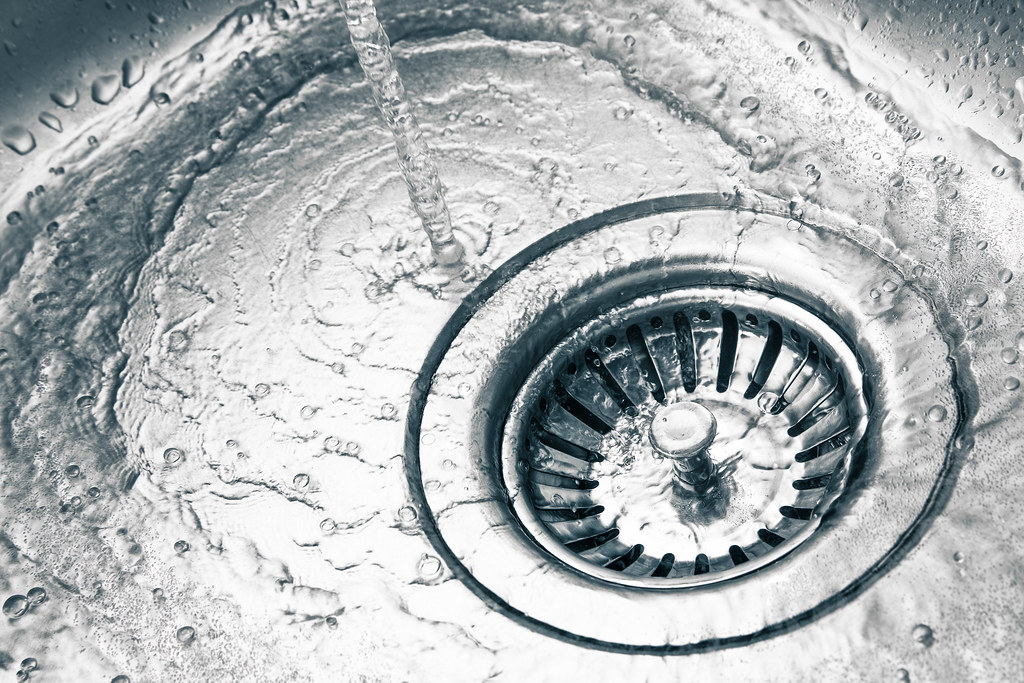You’ll often face drain or sewer problems in Skokie due to our aging infrastructure, tree roots, and seasonal freeze-thaw cycles. While minor clogs might be manageable with a plunger or hand auger, sewage backups and multiple clogged drains require professional help. Plumbers of Skokie offers specialized services like hydro jetting and video inspections to effectively diagnose and resolve your most stubborn drain and sewer issues.

Common Drain & Sewer Issues in Skokie
Your home’s drain and sewer system in Skokie faces unique challenges from aging infrastructure, tree roots seeking moisture, and accumulated grease or debris. Winter’s freeze-thaw cycles can shift soil and strain pipes, while slow-moving water in older systems creates perfect conditions for blockages. Understanding these common issues helps you decide whether to tackle a simple clog yourself or call Plumbers of Skokie for more complex problems like sewage backups or recurring blockages.
Identify the most frequent causes of drain and sewer problems in Skokie, from tree root intrusion and grease buildup to pipe damage from soil shifting and freeze-thaw cycles
While Skokie residents enjoy a vibrant community, they often face unique challenges with their drain and sewer systems due to several persistent culprits. Tree root intrusion is the leading cause of sewer line damage, requiring specialized repair services. Additionally, our drain cleaning Skokie IL professionals frequently address issues caused by grease buildup, aging pipes, and seasonal soil movement from freeze-thaw cycles.
Signs You Can DIY
You can tackle minor drain issues like slow drainage, simple hair clogs, and mild odors without calling a professional plumber. Safe DIY methods include using a plunger, hand-operated drain snake, or a mixture of baking soda and vinegar to break down minor blockages. Before attempting any drain cleaning yourself, make sure you’re dealing with isolated issues in a single fixture rather than systemic problems affecting multiple drains.
Learn which minor drain issues can be safely addressed at home, such as slow drains, hair clogs, and mild odors, along with safe, effective methods to try
Many homeowners in Skokie can effectively tackle minor drain issues without professional help, saving both time and money. You can address slow drain repair in Skokie by using a plunger or hand auger to remove hair clogs. For bathroom drain clogs in Skokie, try baking soda followed by vinegar, then flush with hot water. These simple techniques often resolve common problems.
Signs You Need a Professional Plumber
While some drain issues can be handled at home, certain warning signs demand professional attention. You should call a licensed plumber when you notice multiple drains backing up simultaneously, sewage returning through fixtures, or blockages that keep coming back despite your DIY efforts. These severe symptoms often indicate main line problems that require specialized equipment and expertise to properly diagnose and fix.
Recognize the red flags that indicate serious drain or sewer trouble requiring a licensed plumber, including multiple clogged drains, sewage backups, and recurring blockages
When should you stop struggling with DIY fixes and call a licensed plumber? Our neighbors in Skokie recognize these warning signs:
- Multiple drains clogging simultaneously – likely indicates a clogged main line Skokie residents often experience
- Sewage backing up into tubs or sinks – requires immediate sewer backup repair Skokie expertise
- Recurring blockages despite repeated clearing attempts – signals deeper system problems
Professional Cleaning Methods
When you need professional drain or sewer cleaning in Skokie, plumbers bring specialized equipment that far exceeds typical DIY tools. Professional services include powerful hydro jetting that blasts away stubborn blockages, mechanical augers that cut through tree roots, and video inspection technology that pinpoints exact problem locations. These advanced techniques not only clear current clogs but also help prevent future issues by thoroughly cleaning pipe walls and identifying potential structural problems before they worsen.
Explore the advanced tools and techniques professionals use to clear and repair drain and sewer lines, including hydro jetting, motorized augers, video inspections, and root removal
Professional plumbers tackle stubborn drain and sewer problems using specialized equipment that goes far beyond household plungers and chemical cleaners. When you call a Skokie plumber, you’ll gain access to:
- Hydro jetting systems that blast away years of buildup with high-pressure water
- Advanced video pipe inspection technology that identifies hidden problems
- Specialized root-cutting equipment that eliminates invasive tree roots without excavation
Local Causes for Drain/Sewer Problems
Skokie’s aging infrastructure, some dating back to the mid-20th century, creates unique vulnerabilities in your home’s drain and sewer systems. Your property may face increased risks from the village’s mature tree-lined streets, where roots aggressively seek water sources through tiny cracks in pipes. Heavy seasonal rainfall and extreme freeze-thaw cycles common to this Chicago suburb can further stress your plumbing, causing soil movement that damages underground lines.
Understand how Skokie’s older infrastructure, heavy rainfall, and tree-lined streets contribute to recurring sewer and drain issues in the area.
Living in Skokie comes with unique plumbing challenges that stem from the village’s specific environmental and infrastructural characteristics. As your neighbors, we recognize these local factors that demand quality sewer cleaning services Skokie residents rely on:
- Aging clay pipes from pre-1970s construction that crack and collapse
- Mature tree roots seeking moisture from root removal Skokie plumber services
- Seasonal heavy rainfall overwhelming older systems not designed for current capacities